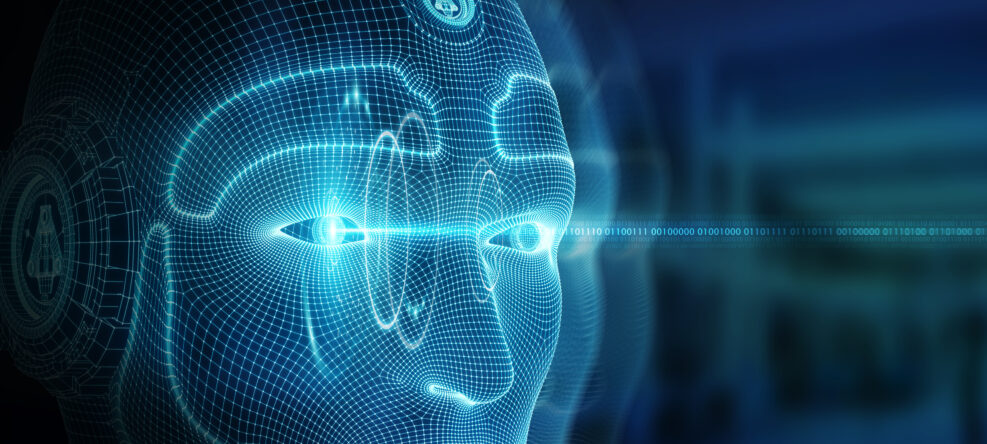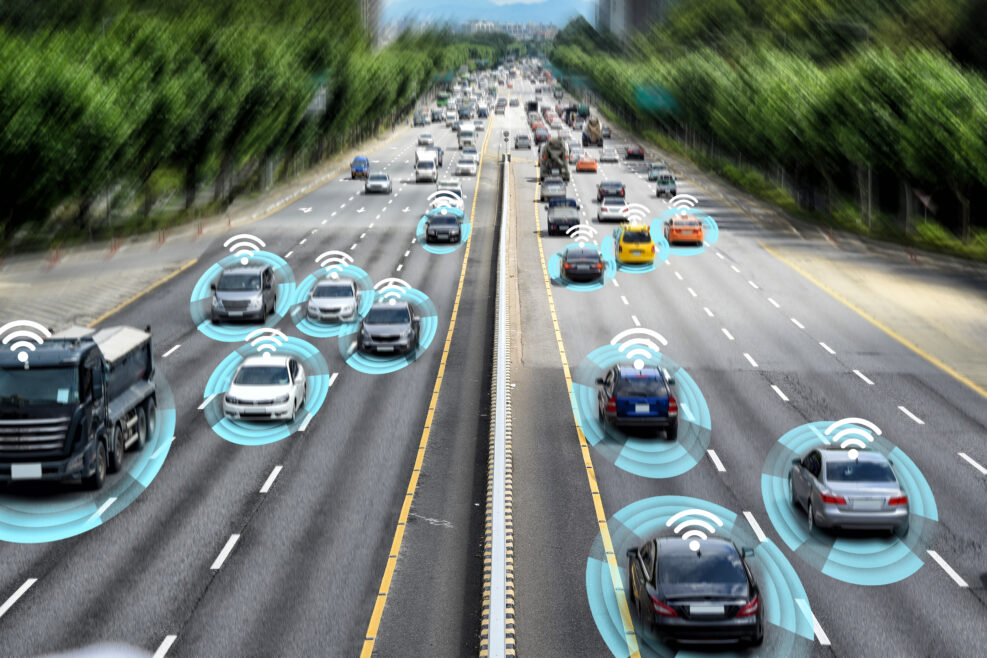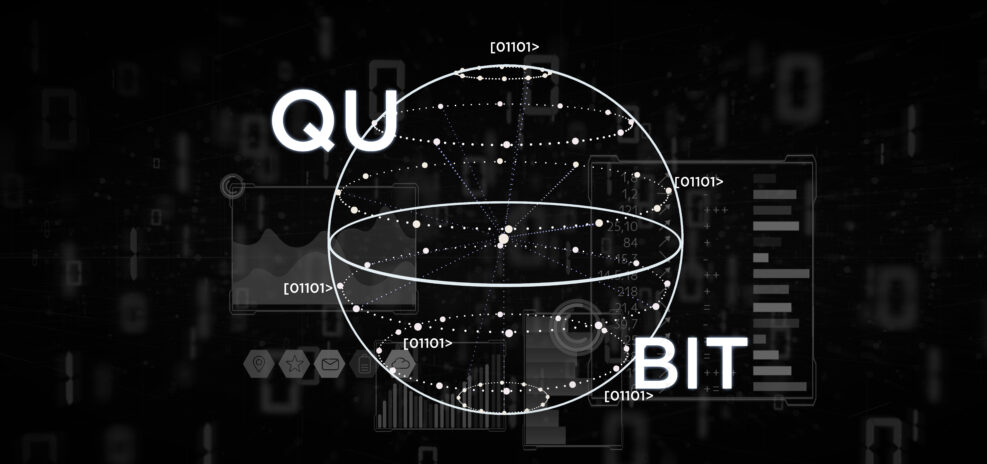
Is It Ethical To Scrap Star Trek’s Commander Data for Research?
A philosopher offers a thoughtful review of the caseIn a thought-provoking essay, San José State University philosopher Anand Vaidya asks, should it be okay to dismantle Star Trek‘s robotic crew member Data for research purposes, as proposed in the “The Measure of a Man” episode in Star Trek: The Next Generation? Some of the Trek brass seemed to think so: Vaidya disagrees: As real artificial intelligence technology advances toward Hollywood’s imagined versions, the question of moral standing grows more important. If AIs have moral standing, philosophers like me reason, it could follow that they have a right to life. That means you cannot simply dismantle them, and might also mean that people shouldn’t interfere with their pursuing their goals. Anand Vaidya, “If a robot is conscious, is it Read More ›


















